 |
||
| 2 May 2024 | ||
|
- Antarctic Treaty Consultative Meeting (ATCM 46) Hosted by Ministry of Earth Sciences
- Understanding Antares: A Stellar Phenomenon
- Understanding the Hindu Marriage Act, 1955
- Exploring the Supersonic MissileAssisted Release of Torpedo (SMART) System
- Exploring Red Colobus Conservation: Preserving Tropical Forests
- Project ISHAN: A Unified Airspace Initiative
- Navratna Status: Empowering Public Sector Enterprises
- Balanced Fertilisation: A Policy Imperative
- Electoral Rights of a Prisoner: Legal Framework and Challenges
10.Quark Clumps: Exploring Particle Dynamics
11. Global Plastics Treaty: A Critical Review
12. New Collective Quantified Goal (NCQG) on Climate Finance: A Vital Agenda for COP29
Antarctic Treaty Consultative Meeting (ATCM 46) Hosted by Ministry of Earth Sciences
Context;
The 46th Antarctic Treaty Consultative Meeting (ATCM 46) is scheduled to take place in Kochi, Kerala, with the Ministry of Earth Sciences (MoES) serving as the host.
![pib] 46th Antarctic Treaty Consultative Meeting (ATCM 46) - Civilsdaily](https://statecraft.in/wp-content/uploads/2024/05/pib-46th-antarctic-treaty-consultative-meeting-a.jpeg)
Antarctica: A Continent of Extremes;
- Antarctica, the fifthlargest continent, spans approximately 14 million square kilometers and is situated entirely within the Antarctic Circle. Known as the coldest, driest, and windiest continent on Earth, it is characterized by polar desert conditions with minimal precipitation, primarily in the form of snow.
- The Antarctic Ice Sheet, the largest single mass of ice on Earth, holds approximately 70% of the world’s freshwater.
- Divided by the Transantarctic Mountains, Antarctica is home to various countries with territorial claims.
Territorial Claims in Antarctica
Several nations maintain territorial claims in Antarctica:
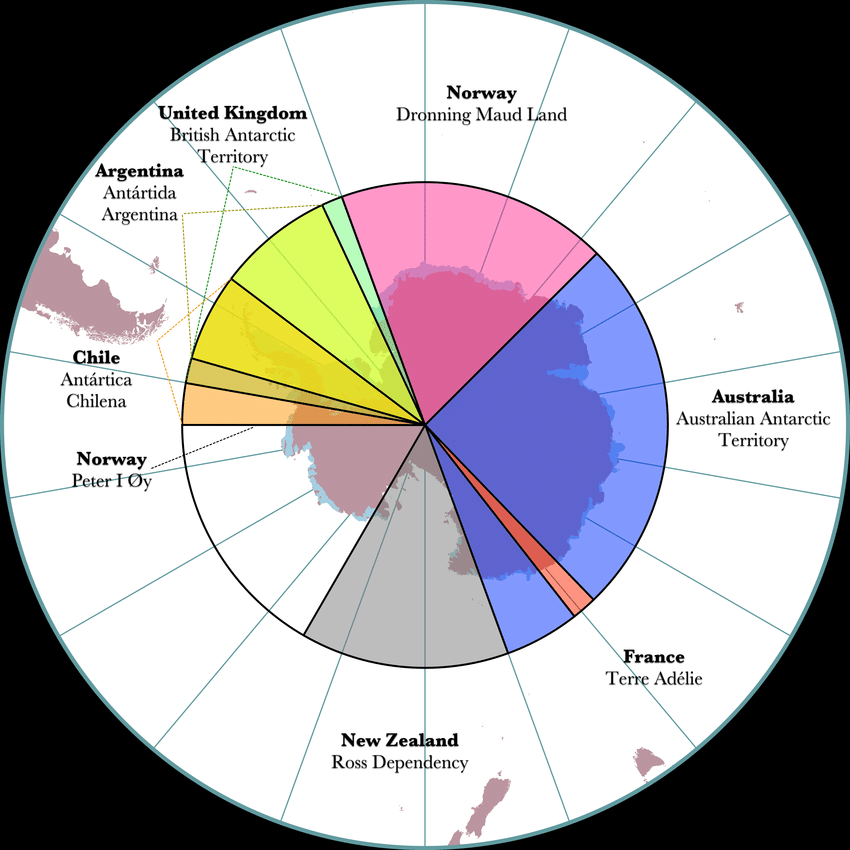
- Argentina: Argentine Antarctica
- Australia: Australian Antarctic Territory
- Chile: Chilean Antarctic Territory
- France: Adélie Land
- New Zealand: Ross Dependency
- Norway: Queen Maud Land
- United Kingdom: British Antarctic Territory
- United States: Marie Byrd Land
India’s Contribution to Antarctic Exploration;
- India’s Antarctic Program, initiated in 1981 and managed by the National Centre for Polar and Ocean Research, conducts multidisciplinary research expeditions.
- Through the establishment of research bases such as Dakshin Gangotri (1983) (now decommissioned), Maitri (1989), and Bharati (2012), India plays a significant role in Antarctic exploration.
- Notably, India also operates a Post Office established in 1984, facilitating communication and research logistics within the region.
Understanding Antares: A Stellar Phenomenon
Overview:
The Indian Institute of Astrophysics (IIA), headquartered in Bengaluru, has captured a remarkable event: the passage of the moon in front of Antares, a notable celestial body.

Definition and Significance:
Antares, also known as Alpha Scorpii, holds the distinction of being the brightest star within the Scorpius constellation and ranks as the 15th brightest in the night sky.
Characteristics of Antares:
- Massive Red Supergiant: Antares is categorized as a massive red supergiant star, radiating with a luminosity approximately 10,000 times greater than our sun.
- Size Comparison: Its immense size, about 700 times the diameter of the sun, positions it as one of the largest known stars. To illustrate, it could envelop the orbit of Mars if situated at the center of our solar system.
- Distance from Earth: Antares is located roughly 600 lightyears away from our planet.
- Density and Temperature: Despite its size, Antares exhibits an overall density significantly lower than that of the sun. Its surface temperature, cooler than the sun’s, registers at approximately 6,100 degrees Fahrenheit (3,400 degrees Celsius), resulting in its distinct red coloration.
Significance of Antares:
Antares serves as a fascinating subject of study in astronomy, offering insights into the characteristics and behavior of massive stars within our galaxy.
Overview:
Recent pronouncements by the Supreme Court have highlighted that marriage registration alone, without a proper ceremony, doesn’t hold legal validity under the Hindu Marriage Act.

Defining the HMA Act:
The HMA Act is a legislative framework governing Hindu marriages, encompassing rituals, registrations, and divorce procedures.
Key Provisions of the HMA Act:
- Applicability and Scope:
The HMA Act applies to Hindus by birth or conversion, extending to Buddhists, Jains, and Sikhs.
- Marriage Requirements:
Marriageable ages are specified: at least 21 for the groom and at least 18 for the bride. Marriages involving minors incur penalties.
- Ceremonial Significance:
Customary practices, including the Saptapadi ritual, are upheld. Ceremonies are recognized based on established customs.
- Prohibition of Bigamy:
The Act explicitly forbids bigamy, polygamy, or polyandry, deeming simultaneous marriage to two living spouses as illegal.
- Focus on Mental Fitness:
Marriages are deemed void if either party is mentally unfit, necessitating legal consent before marriage.
- Registration Process:
While registration procedures vary by state, the absence of an official certificate doesn’t invalidate a Hindu marriage.
- Divorce Regulations:
The Act allows divorce by mutual consent and permits judicial separation under special circumstances, even within the first year of marriage.
- Restitution of Conjugal Rights:
Unique to Hindu matrimonial laws, the Act allows one spouse to seek restoration of conjugal rights if the other unjustly deserts them.
Legal Procedures and Jurisdiction:
- Adjudication Process:
Matters concerning Hindu marriage and divorce are resolved in family courts, following procedural guidelines.
- Jurisdictional Considerations:
Courts determine jurisdiction based on the location of the marriage, the residence of either party, or their last shared residence.
Exploring the Supersonic MissileAssisted Release of Torpedo (SMART) System
Introduction;
Recent trials conducted by the Defence Research and Development Organisation (DRDO) showcased a remarkable advancement in torpedo release technology.
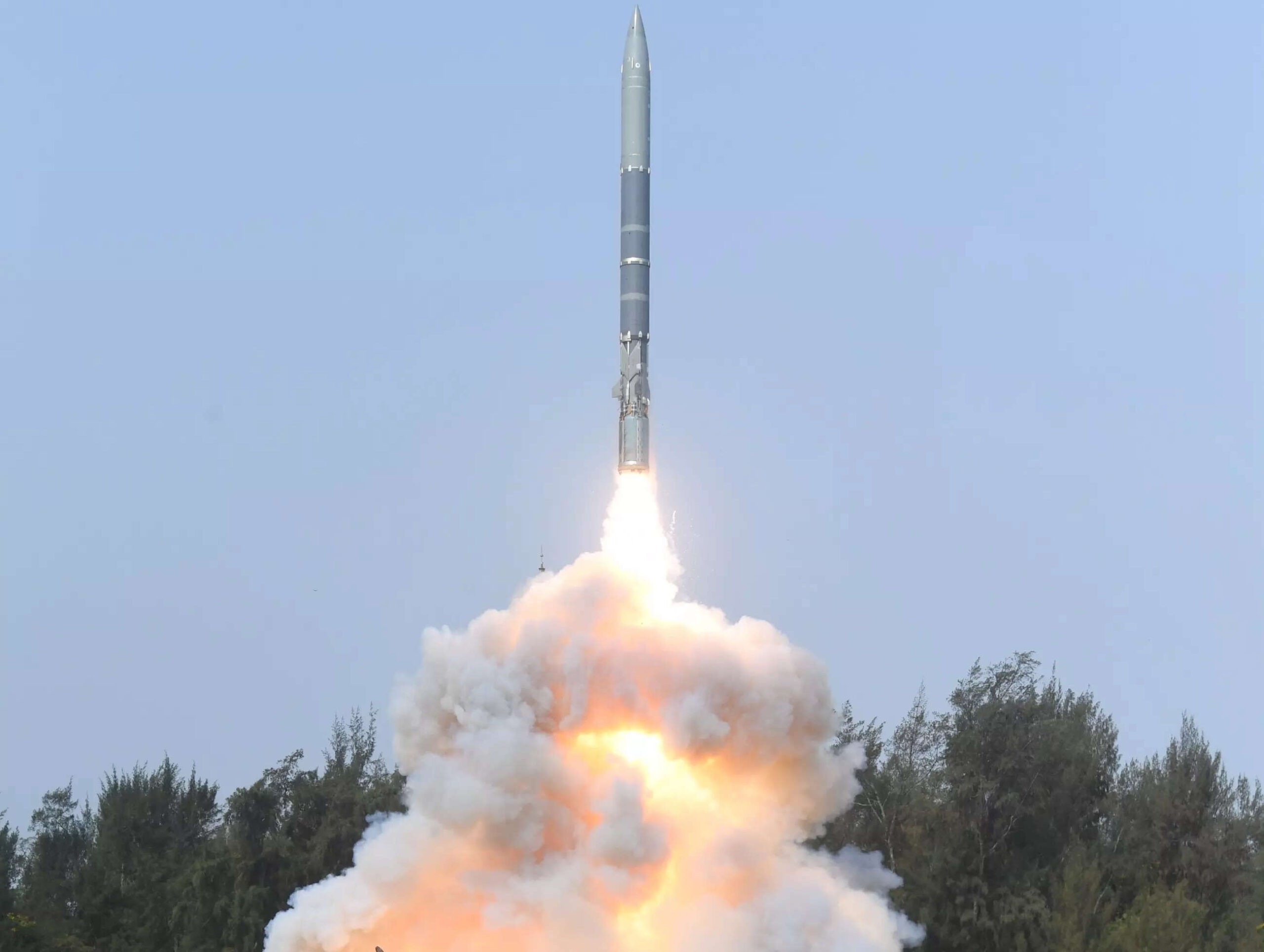
Introduction to the SMART System:
- Origin and Development:
The SMART System is a product of extensive research and development undertaken by the Defence Research and Development Organisation.
- Test Launch Location:
The system’s capabilities were demonstrated through launches from a ground mobile launcher stationed at Dr APJ Abdul Kalam Island, located off the coast of Odisha.
Key Features and Capabilities:
- Extended Targeting Range:
Utilizing missiles for torpedo deployment, the SMART System extends targeting capabilities to submarines located hundreds of kilometers away, surpassing conventional torpedo ranges.
- Immediate Response Capability:
Particularly valuable in scenarios where immediate action is required upon detecting enemy submarines, the SMART System offers a rapid and effective response.
- Advanced Design Components:
The system incorporates a canisterbased missile design and integrates advanced subsystems, including twostage solid propulsion and precision inertial navigation.
Precise Deployment Mechanisms:
Equipped with an advanced lightweight torpedo missile and a parachutebased release mechanism, the SMART System ensures accurate and controlled deployment of torpedoes.
Validation of Mechanisms:
Rigorous testing has validated various stateoftheart mechanisms, including symmetric separation, ejection, and velocity control, ensuring the system’s reliability and effectiveness.
Exploring Red Colobus Conservation: Preserving Tropical Forests
Overview:
Recent research conducted by an international team of scientists underscores the critical role of conserving Red colobus monkeys in the protection of tropical forests.
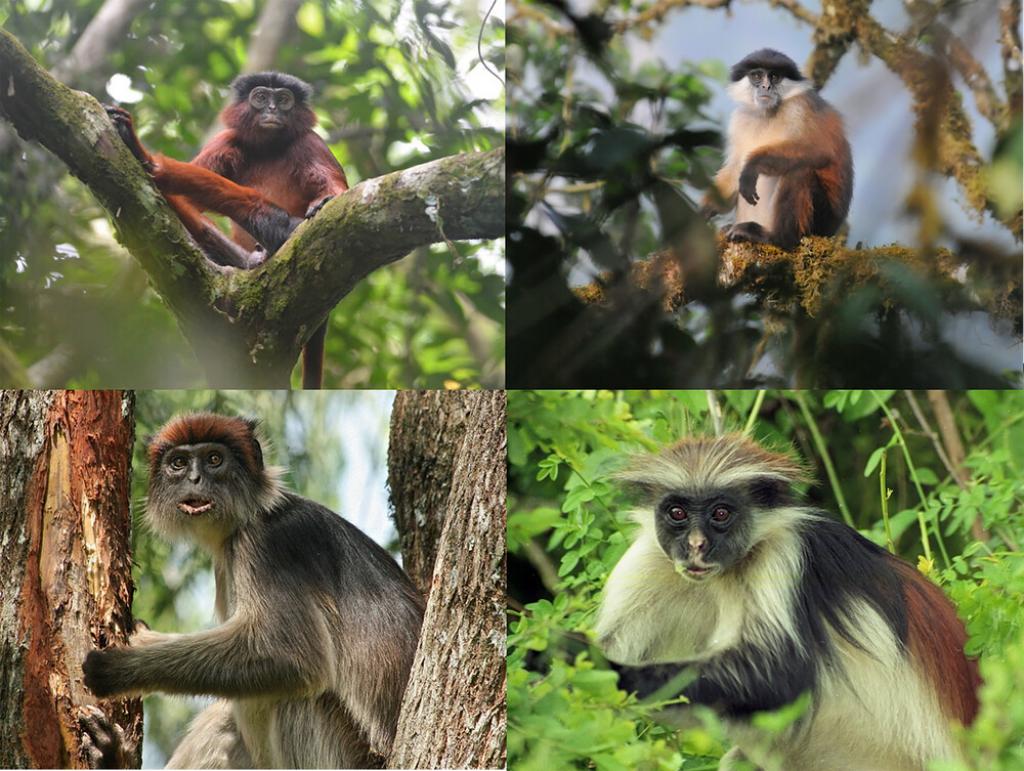
Introduction to Red Colobus:
Understanding the Species:
- Red colobus monkeys, rare and imperiled, serve as vital indicators of biodiversity across African forests.
Diversity in Simian Groups:
- Red colobus monkeys constitute one of the two major simian groups globally, distinguished by their primarily herbivorous diet compared to the omnivorous cercopithecines.
Geographical Distribution:
- From Senegal to the Zanzibar Archipelago, Red colobus inhabit a wide range of forest habitats.
Challenges and Threats:
Impending Extinction:
- Despite their broad distribution, the majority of Red colobus species face extinction threats, with many listed as Endangered or Critically Endangered on the IUCN Red List.
Pressing Threats:
- Hunting for trade and subsistence, coupled with habitat loss from human activities such as logging and agriculture, pose significant risks to Red colobus populations.
Initiatives for Conservation:
Red Colobus Conservation Action Plan:
- Led by the IUCN Species Survival Commission Primate Specialist Group and the African Primatological Society, this action plan aims to prioritize Red colobus conservation efforts.
Collaborative Strategies:
- The establishment of the Red Colobus Working Group (RCWG) oversees the implementation of conservation strategies outlined in the action plan.
- The formation of the Red Colobus Conservation Network (RCCN) facilitates communication, capacitybuilding, and monitoring of conservation initiatives.
Conclusion:
Conserving Red colobus populations is not only crucial for their survival but also for the preservation of Africa’s invaluable tropical forests.
Project ISHAN: A Unified Airspace Initiative
Overview:
India has initiated the consolidation of its four airspace regions into a single, nationwide entity under Project ISHAN.

Introduction to Project ISHAN:
Objective:
- The Indian Single Sky Harmonized Air Traffic Management (ISHAN) initiative aims to enhance efficiency and coordination in air traffic management.
Integration of FIRs:
- The project seeks to merge the existing Flight Information Regions (FIRs) in Delhi, Mumbai, Kolkata, and Chennai into a contiguous airspace centered around Nagpur, facilitating harmonized Air Traffic Management.
Progress Update:
- The Airports Authority of India (AAI), a public entity, has invited expressions of interest (EoI) for the preparation of a detailed project report, marking the initial steps in the implementation of Project ISHAN.
Current Airspace Arrangement:
- Presently, Indian airspace is segregated into four FIRs managed independently in Mumbai, Kolkata, Delhi, Chennai, with an additional subFIR in Guwahati.
Significance of Project ISHAN:
- The integration is poised to optimize operations, increase capacity, and alleviate congestion, delivering benefits to both airlines and passengers.
Key Facts about AAI:
Statutory Body:
- The Airports Authority of India (AAI) operates under the Directorate General of Civil Aviation, Ministry of Civil Aviation, Government of India, established by an Act of Parliament on April 1, 1995.
Mandate:
- AAI is entrusted with the development, maintenance, and management of civil aviation infrastructure across the country, both on the ground and in airspace.
Air Traffic Management Services:
- AAI provides comprehensive Air Traffic Management Services (ATMS) across Indian airspace and adjacent oceanic regions, ensuring the safety and efficiency of aircraft operations through ground installations at airports and 25 additional locations.
- Navratna Status: Empowering Public Sector Enterprises
- Overview:
- The Indian Renewable Energy Development Agency, a public sector undertaking, recently attained ‘Navratna status’ conferred by the Department of Public Enterprises.

- Understanding Navratna Status:
- Government Classification:
- The government classifies Public Sector Undertakings (PSUs) into three categories: Maharatna, Navratna, and Miniratna.
- Introduction of Navratna Scheme:
- The ‘Navratna’ scheme was introduced in 1997 by the government to enhance the autonomy and efficiency of select PSUs.
- Criteria for Navratna Status:
- Qualification Requirements:
- To qualify for Navratna status, a PSU must hold MiniratnaI status and be classified as a Schedule ‘A’ company.
- It should have received an ‘excellent’ or ‘very good’ rating in its Memorandum of Understanding (MoU) for three out of the last five years.
- The PSU must achieve a composite score of 60 in six performance indicators.
- Financial Performance:
- The PSU should report a net profit exceeding Rs 5,000 crore for three consecutive years.
- Additionally, it must maintain an average annual turnover of Rs 25,000 crore for three years or have an annual average net worth exceeding Rs 15,000 crore for three years.
- Benefits of Navratna Status:
- Financial Autonomy:
- Navratna companies can invest up to ₹1,000 crore without seeking approval from the central government.
- Investment Flexibility:
- They are permitted to invest up to 15% of their net worth in a single project or 30% of their net worth in a given year, capped at ₹1,000 crore.
- They have the flexibility to incur capital expenditure for purchasing new items or replacements without any monetary ceiling.
- Strategic Collaborations:
- Navratna PSUs are authorized to enter into technology joint ventures or strategic alliances to further their objectives and expand their capabilities.
- Balanced Fertilisation: A Policy Imperative
- Context:
- With the upcoming Lok Sabha elections, balanced fertilisation is poised to emerge as a crucial policy focus for the incoming government.
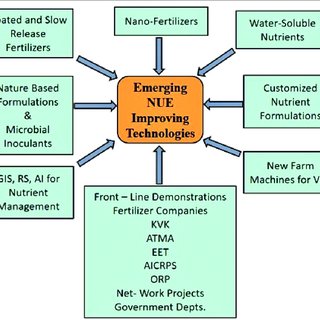
- Policy Focus on Balanced Fertilisation:
- The government intends to discourage the excessive use of urea, DAP, and MOP, which are abundant in primary nutrients.
- This objective is expected to become a primary policy goal following the Lok Sabha elections.
- Urea Consumption Trends:
- Urea consumption surged to a record 35.8 million tonnes by March 2024, marking a significant 16.9% increase from the levels of 201314 (30.6 million tonnes).
- Despite the mandatory neem coating and reduction in bag size from 50 to 45 kg in March 2018, urea consumption has consistently risen over the past six years.
- NutrientBased Subsidy (NBS) System:
- Initiated in April 2010, the NBS system aimed to promote balanced fertilisation by subsidising nutrients like nitrogen (N), phosphorus (P), potassium (K), and sulphur (S).
- However, the exclusion of urea from the subsidy frameworkcontributed to its continued high consumption.
- Challenges and Imbalances:
- Recent price controls on nonurea fertilisers have exacerbated nutrient imbalances in the market.
- DAP’s price comparability with certain NPKS complex fertilisers has led to overapplication.
- Addressing Price Hierarchy:
- Establishing a proper price hierarchy among nonurea fertilisers is imperative, prioritising DAP for rice and wheat cultivation.
- Encouraging the use of single super phosphate (SSP) in granular form, with a relatively low maximum retail price (MRP), can enhance its acceptability and mitigate adulteration risks.
- Opportunities for Rationalisation:
- The decline in global fertiliser prices offers an opportunity for the government to rationalise domestic fertiliser prices and promote balanced plant nutrition.
- This may entail bringing urea under the NBS framework and adjusting subsidy rates on other nutrients accordingly.
- Electoral Rights of a Prisoner: Legal Framework and Challenges
- Context:
- Amritpal Singh, a imprisoned leader associated with the proKhalistan group Waris Punjab de, intends to contest the Lok Sabha elections in Punjab’s Khadoor Sahib constituency on June 1.
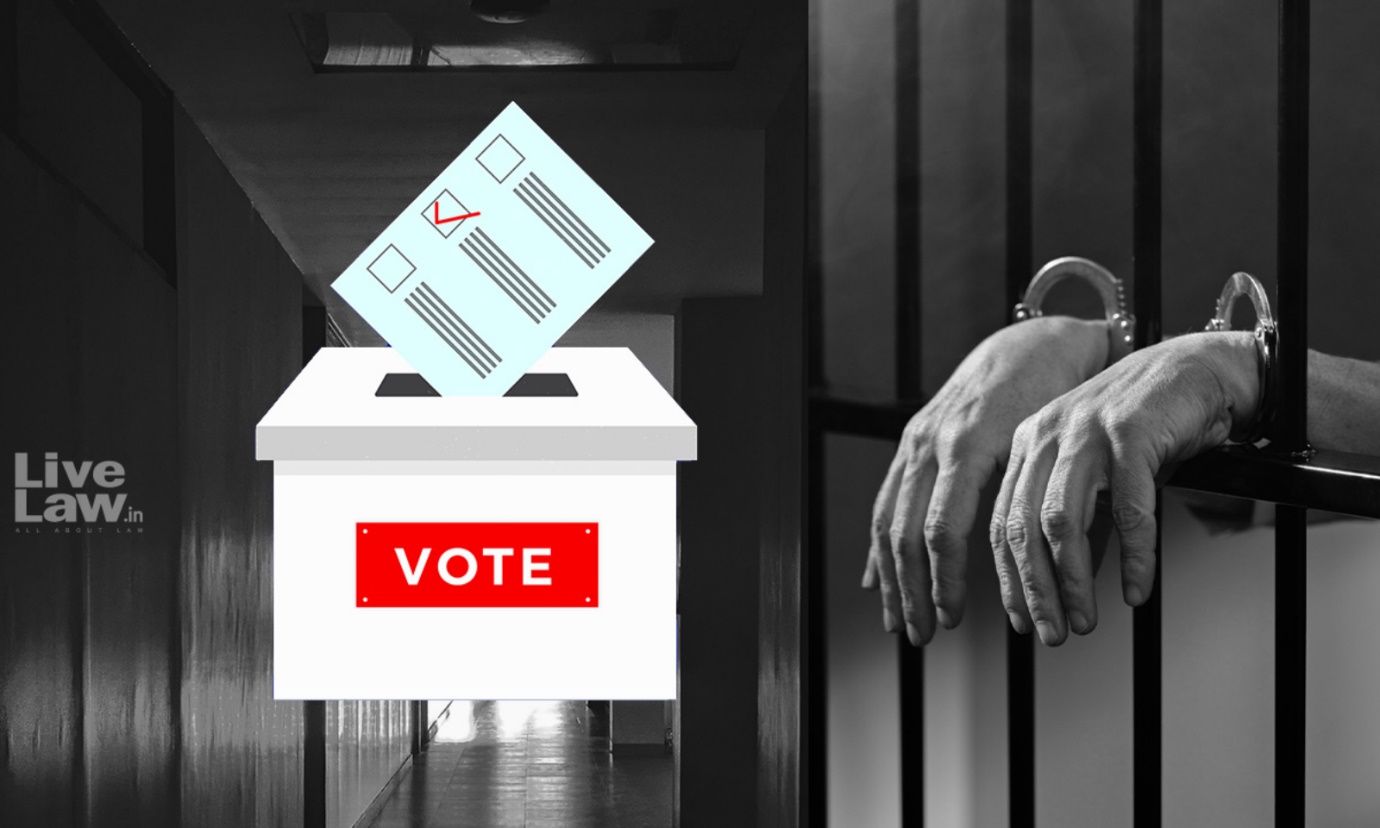
- Legal Status of Voting Rights and Right to Be Elected:
- The Supreme Court has emphasized the pivotal role of free and fair elections within India’s constitutional framework.
- While elections are enshrined as a fundamental constitutional principle, the rights to vote and stand for election are considered statutory rights, subject to legislative provisions.
- The Supreme Court has clarified that the right to vote is a statutory right and may be subject to statutory restrictions.
- Disqualification for Contesting Elections:
- Section 8 of the Representation of People Act, 1951, delineates the grounds for disqualification from contesting elections, triggered by convictions for specific offenses.
- Disqualification applies postconviction and not merely on the basis of criminal charges.
- The period of disqualification commences from the date of release and extends for six years.
- Exceptions to Disqualification:
- The Election Commission of India holds the authority to mitigate or waive the disqualification period.
- Individuals with convictions pending appeal to a higher court may contest elections if their conviction is stayed.
- In cases of stayed convictions, disqualification is temporarily withheld.
- Challenges to Disqualification:
- In 2011, the Public Interest Foundation sought disqualification of individuals facing criminal charges or providing false affidavits regarding their criminal history.
- Advocate Ashwini Kumar Upadhyay petitioned in 2016 for permanent disqualification of convicted individuals.
- Restrictions on Voting Rights for Incarcerated Persons:
- Section 62 of the Representation of People Act restricts voting rights for incarcerated individuals, except those in preventive detention.
- The Supreme Court has upheld these restrictions citing resource limitations and the imperative to exclude individuals with criminal backgrounds from the electoral process.
- Challenges to Section 62(5) based on equality rights have been dismissed by the court, reiterating that voting rights are subject to statutory limitations.
- Court Decisions and Precedents:
- In the 1997 case of Anukul Chandra Pradhan, Advocate, Supreme Court v. Union of India, the Supreme Court upheld the constitutionality of Section 62(5) considering statutory provisions, resource constraints, and the nature of incarceration.
- Quark Clumps: Exploring Particle Dynamics
- Context:
- Physicists delve into the nature of quarks primarily through the behavior and clustering patterns of hadrons, with recent breakthroughs shedding new light on quark interactions.

- Composition of Matter:
- Matter is composed of atoms, which in turn consist of protons, neutrons, and electrons.
- Protons and neutrons, distinct from electrons, are composite particles comprising quarks.
- Quarks assemble into hadrons, such as protons and neutrons.
- Recent Insights on Quark Clumping:
- A study published on February 20 revealed a higher tendency for the formation of threequark clumps compared to twoquark formations under specific conditions.
- Another study, released on March 15, identified clumps composed entirely of heavier quarks, posing challenges in their study due to their brief lifespan.
- Implications for Stellar Understanding:
- A comprehensive understanding of quarks is essential for unraveling nuclear fusion processes and the fate of stars, including the potential existence of quark stars.
- Quark Matter in Neutron Stars:
- Theoretical frameworks suggest the presence of quark matter within neutron stars, supplanting neutrons under extreme densities.
- Research indicates that the cores of massive neutron stars may predominantly comprise quark matter.
- Astrophysical Observations and Quark Matter:
- Integrating astrophysical observations with theoretical models is critical for assessing the prevalence of quark matter in neutron stars.
- Continuous accumulation of observational data is vital for refining our understanding.
- Distinctive Properties of Quarks:
- Quarks manifest in six distinct flavors and possess unique attributes such as color charge.
- Their binding is facilitated by gluons, with their behavior elucidated within the framework of quantum chromodynamics.
- Experimental Verification of Quark Deconfinement:
- Highenergy experiments, exemplified by endeavors at the Large Hadron Collider, provide empirical evidence for quark deconfinement.
- This theory proposes the existence of quarkgluon plasma in the early universe shortly after the Big Bang.
- Prospects of Discovering Quark Stars:
- The process of quark aggregation may give rise to the formation of quark stars, representing an enduring quest within the realm of physics.
- Global Plastics Treaty: A Critical Review
- Context;
- Environmental advocacy groups have expressed disappointment regarding the outcome of the Global Plastics Treaty negotiations.
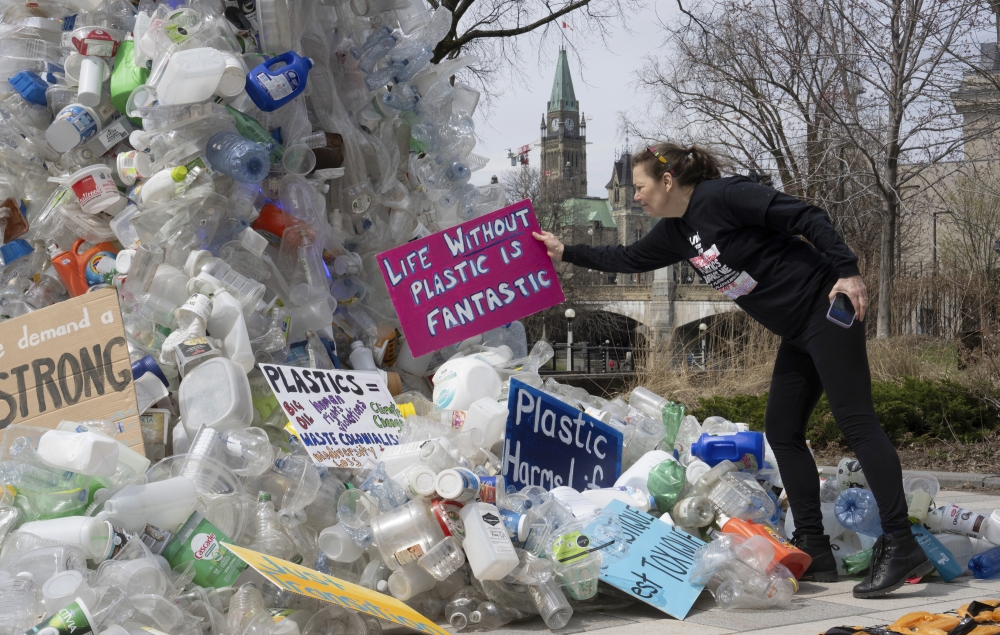
- The Global Plastic Treaty:
- The negotiations for the Global Plastics Treaty were conducted in Ottawa, Canada.
- The primary objective was to establish a legally binding agreement aimed at addressing plastic pollution on a global scale.
- Participation in the discussions involved nearly 192 member countries, representing diverse geographical regions and interests.
- These negotiations marked the fourth round of talks since 2022, initiated following resolutions by countries to combat plastic pollution.
- The Intergovernmental Negotiating Committee (INC) was established to oversee the process, comprising government representatives responsible for drafting a timeline for plastic elimination and production cessation.
- Challenges Faced During Negotiations:
- The negotiations faced significant hurdles due to the intricate interplay between plastics and oil economies, the substantial presence of manufacturing industries, and the limited availability of costeffective alternatives.
- Despite these challenges, there is cautious optimism regarding the potential for achieving an ambitious agreement during the next meeting scheduled for November 2024 in Busan.
- India’s Position and Opposition:
- India voiced opposition to restrictions on the production of primary plastic polymers or virgin plastics, arguing that such measures exceed the scope of resolutions by the United Nations Environment Assembly (UNEA).
- Overall, while the negotiations encountered complexities and diverging viewpoints, there remains hope for progress in addressing global plastic pollution in future discussions.
- New Collective Quantified Goal (NCQG) on Climate Finance: A Vital Agenda for COP29
- Context:
- Setting a new target for climate finance provision to developing countries will take center stage at the 29th Conference of Parties (COP29) to the United Nations Framework Convention on Climate Change (UNFCCC) in Azerbaijan throughout this year.
- The platform provides a pivotal opportunity for countries to address climate finance and establish the New Collective Quantified Goal (NCQG) to guide financial targets.

- Significance of Climate Finance:
- Climate finance plays a crucial role in advancing climate action, supporting both adaptation and mitigation efforts, especially in developing countries, small island states, and the world’s least developed nations.
- It serves as a lifeline for disadvantaged countries grappling with the adverse impacts of climate change.
- Given that poorer nations bear a disproportionate burden of climatic disasters, targeted financial assistance is essential to uphold climate justice.
- The establishment of the NCQG is of utmost importance to ensure equitable access to funding for climate adaptation and mitigation.
- By setting clear budgetary targets, countries can amplify their endeavors to combat climate change and safeguard vulnerable populations.
- Fact Box:
- The 2015 Paris Climate Finance Agreement saw developed countries pledging to mobilize USD 100 billion annually by 2020 for climate action in developing nations.
- This commitment was first made at the UNFCCC’s 15th Conference of Parties (COP15) in Copenhagen in 2009, and it was formalized at COP16 in Cancun.
- COP21 in Paris reiterated this goal and extended it until 2025.
- In a recent submission to the UN climate body, India called for developed countries to provide at least USD 1 trillion per year in climate finance to developing countries from 2025 to support actions aligned with Sustainable Development Goals (SDGs).
- New Climate Finance Collective Quantified Goal (NCQG):
- The NCQG, or the post2025 climate finance objective, will be negotiated with a baseline of $100 billion annually, taking into consideration the needs and priorities of developing nations.

